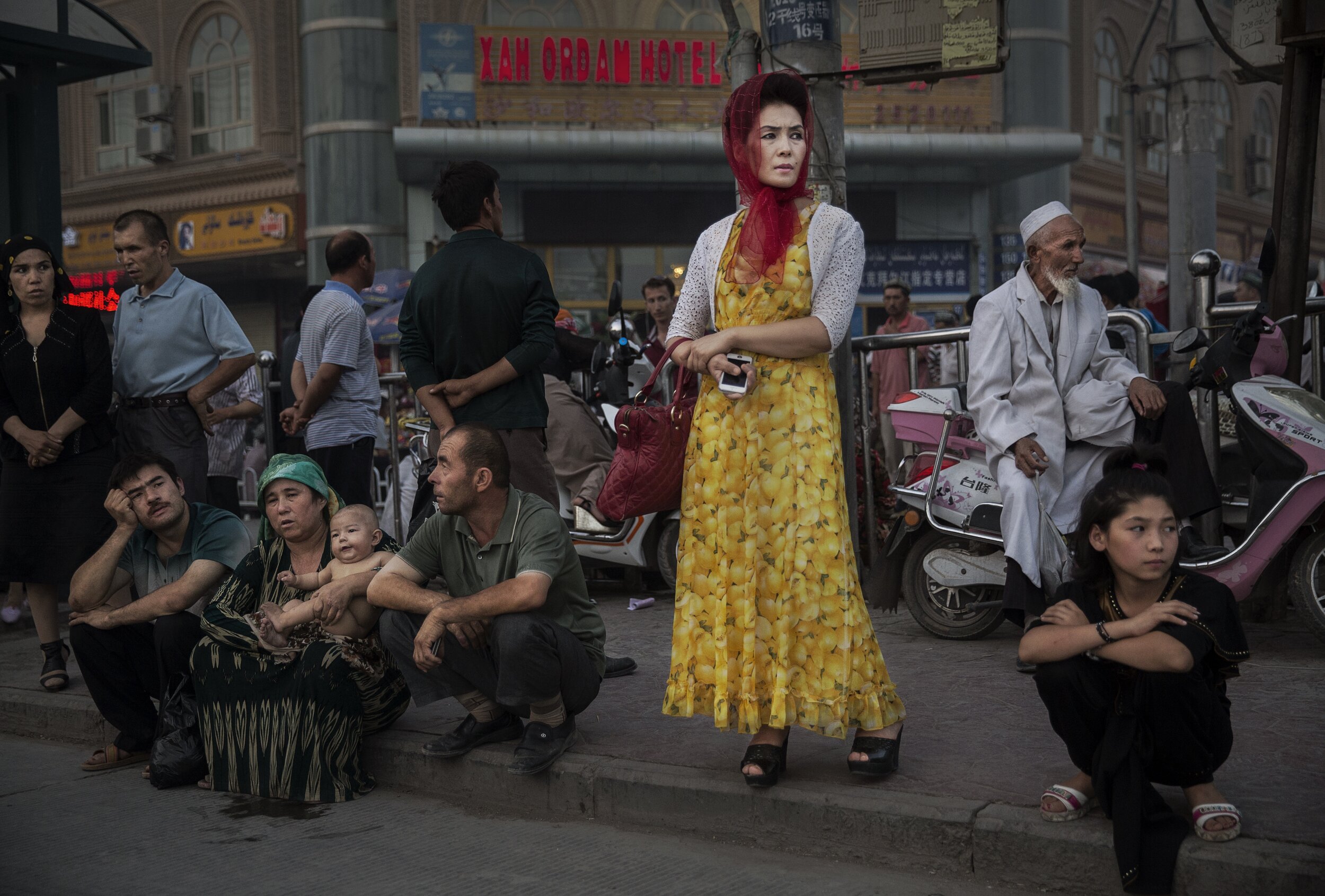A Way Home brings to light the ways in which communities across the globe define “home.” Through a compassionate and telling lens, these photojournalists examine the effects migration, conflict, political strife and humanitarian crises inflict on individuals’ concept of home.
These photographers, all Chris Hondros Fund grantees, demonstrate a distinct ability to connect with communities and bring complex issues into the public eye to raise awareness and foster understanding.
The Chris Hondros Fund & Getty Images Award celebrates the work of two-time Pulitzer Prize Finalist and photojournalist Chris Hondros, who was killed April 20, 2011 on assignment in Misurata, Libya. As a photographer working in the world’s most difficult and dangerous places, Hondros strived to humanize world events in hopes of provoking thought.
The concept of “home” as documented by these consummate photojournalists celebrates and honors the shared humanity among us.
Daniel Berehulak
Andrea Bruce
Bryan Denton
Meridith Kohut
Tomás Munita
Sim Chi Yin
Curated by:
Todd Heisler and Christina Piaia













